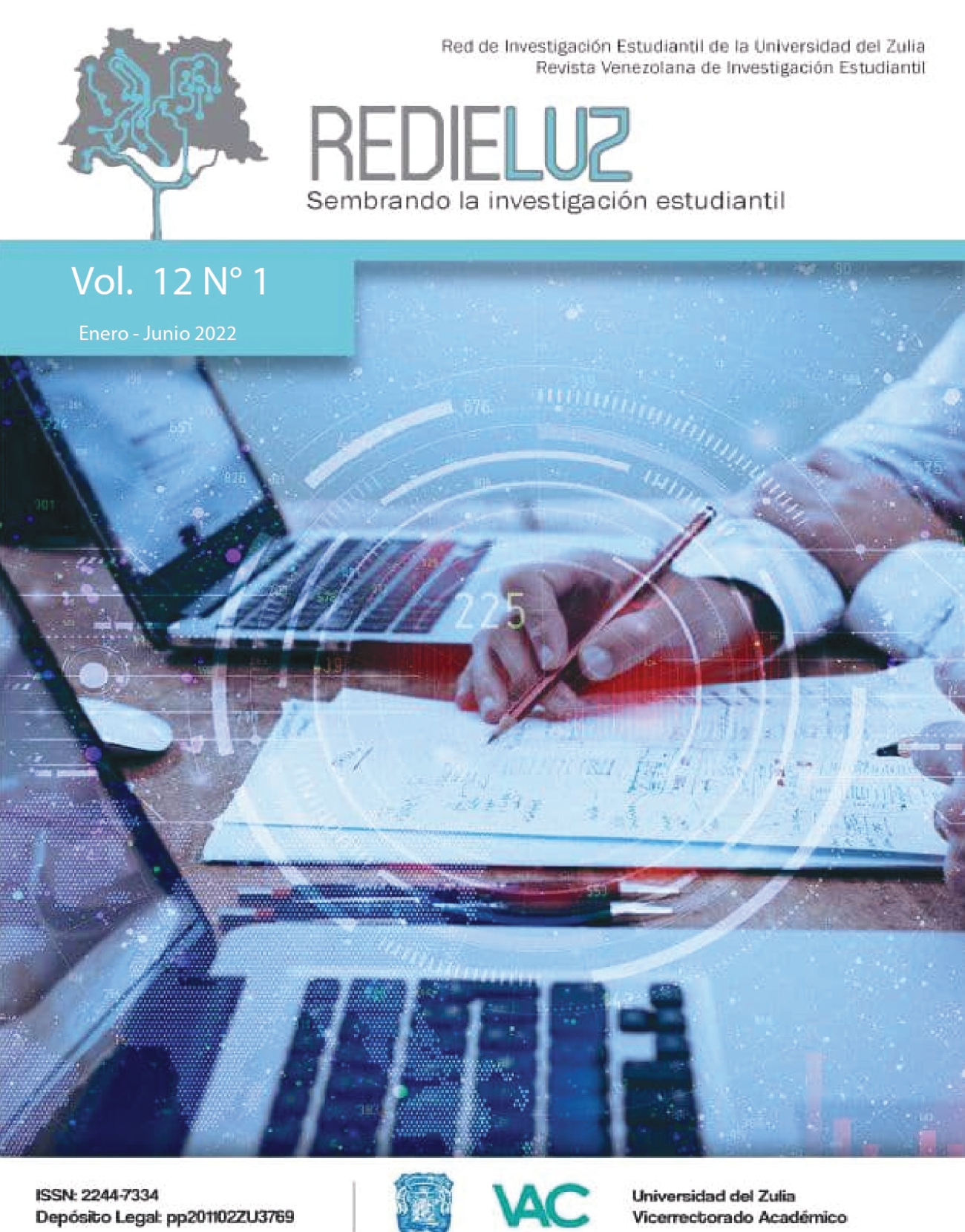Neonatal resultant between vertical and horizontal deliveries, in the “Velasco Ibarra” Health Center, Machala, Ecuador
Abstract
During labor or dilation, the woman may adopt different upright (vertical) or dorsal (horizontal) positions. Vertical delivery has been included in different institutional health programs, in consideration of the advantages it has compared to culturally accepted delivery, which already contributes to reducing complications and maternal and perinatal mortality. The neonatal outcome was compared between vertical and horizontal deliveries at the Velasco Ibarra Type C Health Center, Machala, Educator. The study was observational, with a retrospective descriptive design. In the statistical analysis, the SPSS v.24 program was used. and the study population was 577 pregnant women, with an age range of 20 to 42 years (23 years ± 5 years). 98% of
the pregnant women were Ecuadorian, 94% mestizo, 51% primigravida and 2% had ≥4 previous deliveries and 54,77% chose vertical delivery. In horizontal delivery, 45% of newborns were obtained at term, 42% with normal weight and 2% showed complications in delivery. In the culturally accepted delivery, 54% were full-term neonates, 94% were normal weight, and 1% presented complications. It was concluded that there is a high percentage of term and normal weight neonates, both in cultural delivery and in lithotomy, with few complications.
Downloads
References
Chen SZ, Aisaka K, Mori H, Kigawa T. (1987) Effects of sitting position on uterine activity during labor. Obstet Gynecol, 69:67–73. PMID: 3796922. Available in: https://pubmed.ncbi.nlm.nih.gov/3796922/.
Gizzo, S., Di Gangi, S., Noventa, M., Bacile, V., Zambon, A., & Nardelli, G. B. (2014). Women’s choice of positions during labour: Return to the past or a modern way to give birth? A cohort study in Italy. BioMed Research International, 2014. https://doi.org/10.1155/2014/638093.
Gupta, J. K., Sood, A., Hofmeyr, G. J., & Vogel, J. P. (2017). Position in the second stage of labour for women without epidural anaesthesia. Cochrane database of systematic reviews, (5). Disponible en: https://www.cochranelibrary.com/cdsr/doi/10.1002/14651858.CD002006.pub4/full.
Kemp, E., Kingswood, C. J., Kibuka, M., & Thornton, J. G. (2013). Position in the second stage of labour for women with epidural Database of Systematic Reviews, (1). https://doi.org/10.1002/14651858.CD008070.pub2.
Lawrence, A., Lewis, L., Hofmeyr, G. J., & Styles, C. (2013). Maternal positions and mobility during first stage labour. Cochrane database of systematic reviews, (8). https://doi.org/10.1002/14651858.CD003934.pub3.
Llamas, A., & Mayhew, S. (2016). The emergence of the vertical birth in Ecuador: An analysis of agenda setting and policy windows for intercultural health. Health Policy and Planning, 31(6), 683-690. https://doi.org/10.1093/heapol/czv118.
Lugones Botell, M., y Ramírez Bermúdez M., D. (2012). El parto en diferentes posiciones a través de la ciencia, la historia y la cultura. Revista Cubana de inecología y Obstetricia, 38(1), 134-145. Disponible en: https://www.medigraphic.com/pdfs/revcubobsgin/cog-2012/cog121o.pdf.
Ministerio de Salud Pública del Ecuador, MSP. (01 de julio de 2021.). Parto respetuoso, en libre posición y con pertinencia intercultural. Recuperado 01 de Julio de 2021, de https://www.salud.gob.ec/parto-respetuoso-en-libre-posicion-y-con-pertinencia-intercultural/.
Nunes, V. D., Gholitabar, M., Sims, J. M., & Bewley, S. (2014). Intrapartum care of healthy women and their babies: summary of updated NICE guidance. BMJ, 349. (CG190), pp. 1-89. https://doi.org/10.1136/bmj.g6886.
Organización Mundial de la Salud (2013) Medically indicated Late-Preterm and Early-Term Deliveries. Committee Opinion 579. Nota descriptiva N° 363. Disponible en: https://www.who.int/mediacentre/factsheets/fs363%20/es.
Riquelme, R., Lagares, M., Lorite, C., Moore, T., & Ruiz, C. (2005). Influencia de las posiciones de la mujer sobre distintos parámetros en el proceso del parto. Matronas prof, 6(4), 9-12. Disponible en: https://dialnet.unirioja.es/servlet/articulo?codigo=4423876.
Unsal Atan, Ş., Ozturk R., Gulec Satir D., Karaoz W., Amanak K., Saruhan, A., Şirin, A., & Akercan, F. (2018). Relation between mothers' types of labor, birth interventions, birth experiences and postpartum depression: A multicentre follow-up study. Sexual & reproductive healthcare: official journal of the Swedish Association of Midwives, 18, 13–18. https://doi.org/10.1016/j.srhc.2018.08.001.
Vargas Londoño, V. F., Rodríguez Castiblanco, J. P., Corredor Acosta, M. T., & Vallejo Astudillo, N. M. (2018). Ventajas y desventajas del parto vertical en contraste con el parto horizontal: una revisión de la literatura. Investigación en Enfermería: Imagen y Desarrollo, 20(1). https://doi.org/10.11144/Javeriana.ie20-1.vdpv.
Copyright
Authors who publish in this journal agree to the following terms:
Authors retain copyright and grant the journal the right to be the first publication where the article is submitted, which is published under a Creative Commons Attribution License, which allows others to share the work upon acknowledgment of authorship of the work and initial publication in this journal.
Authors may separately enter into additional agreements for non-exclusive distribution of the version of the work published in the journal (e.g., placing it in an institutional repository or publishing it in a book), with an acknowledgement of its initial publication in this journal.
This work is licensed under the license:
Creative Commons Attribution-NonCommercial-ShareAlike 4.0 International (CC BY-NC-SA 4.0).



3.png)


_.jpg)

_(1).jpg)
1.jpg)





